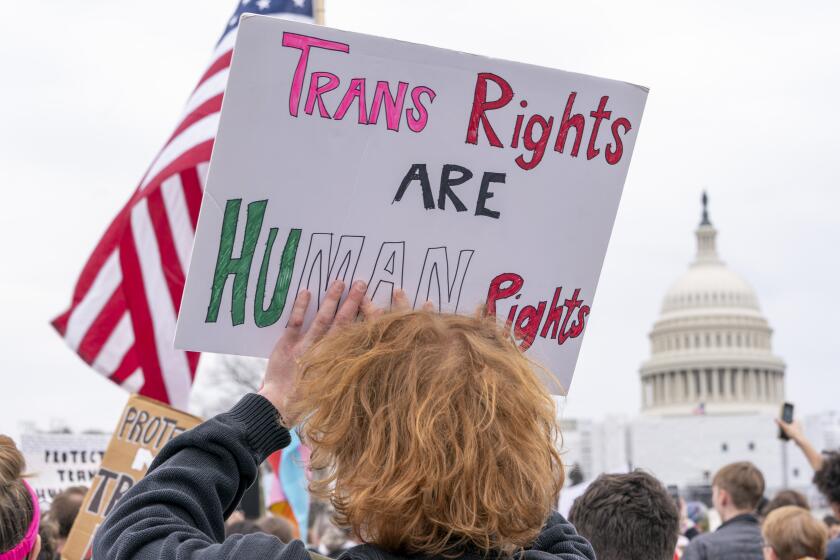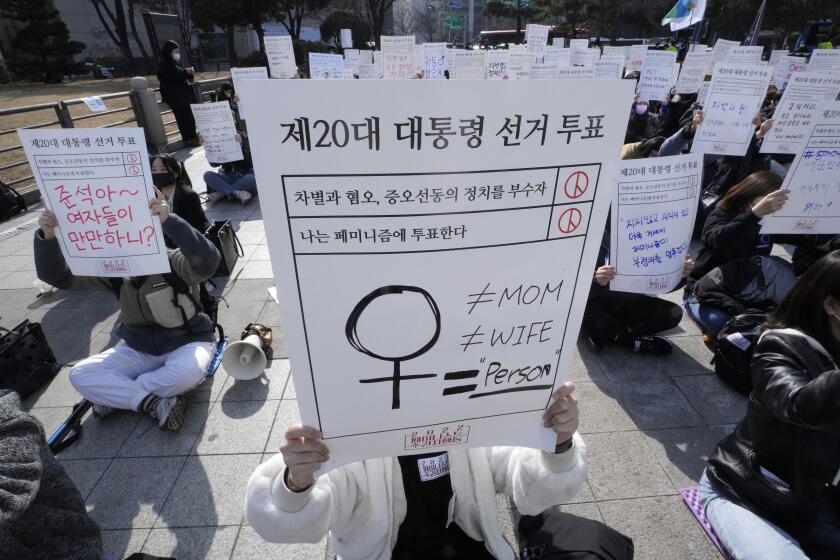Rebirth of History Standards : After controversy, revised educational guidelines win support
- Share via
The national history standards that have generated so much controversy emerged from a nonpartisan effort led by President George Bush seven years ago to lift the academic achievement of American schoolchildren. The standards are little more than voluntary goals--the consensus of educators and historians as to what our children should learn about U.S. and world history. The draft standards, unveiled in 1994 at UCLA by the National Center for History in the Schools, were both ambitious and flawed. Nonetheless, the prospect of their adoption by schools promised to raise American children above their yawning ignorance on this subject.
But the draft generated highly partisan debate. Some were angered by what they saw as liberal bias behind expectations that high school graduates be able to evaluate John F. Kennedy’s “commitment to liberalism” and “the domestic accomplishments” of President Lyndon B. Johnson’s Great Society program. Many contended the standards underplayed the importance of the Constitution and the Bill of Rights and slighted the contributions of George Washington, Paul Revere and other American icons in favor of native peoples, women and minorities. Regrettably, the standards rather than the underlying failings of existing history education quickly became the issue.
Revised standards released by the national center earlier this month should return the focus to where it belongs: on improving the historical knowledge and interpretive skills of fifth- through 12th-graders. The new standards, reworked with advice from two independent review panels and other sources, have drawn strong support from some--if not all--former critics. The standards consist of about 70 broad statements on what all American children should learn about their country’s history. The new version has beefed up discussions of the Constitution, the Bill of Rights, the Cold War and the westward expansion. Some language was recast to ease concerns about interpretive bias. The voluntary guidelines are now available free to any school upon request. There are no expectations and no requirements. The guidelines are simply there, to be used or not, at the discretion of school districts.
At their best, these standards will help our children learn history and encourage them to think critically about their national past. That analytic ability will serve them in particularly good stead. Recent controversies over exhibits of the Enola Gay, the plane that dropped the first atomic bomb, and restoration of Manzanar, the World War II camp in the Owens Valley in which Japanese Americans were interned, demonstrate that there is still little agreement over whose history, even which history, we adults should embrace.
More to Read
Sign up for Essential California
The most important California stories and recommendations in your inbox every morning.
You may occasionally receive promotional content from the Los Angeles Times.













